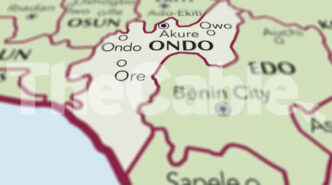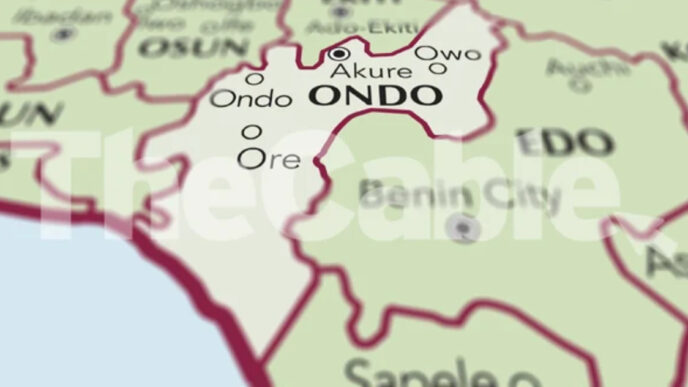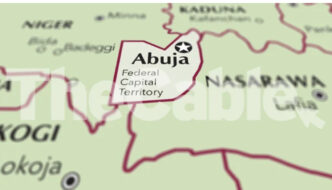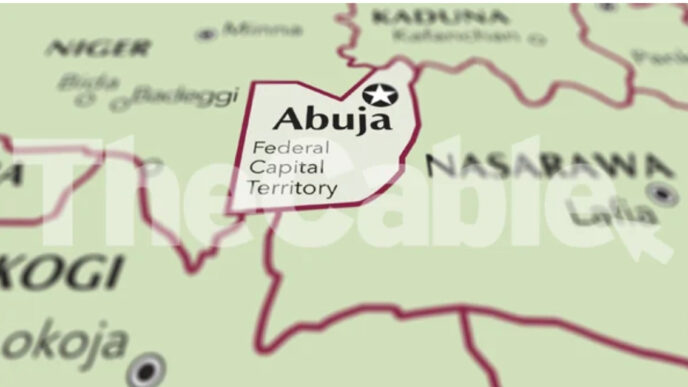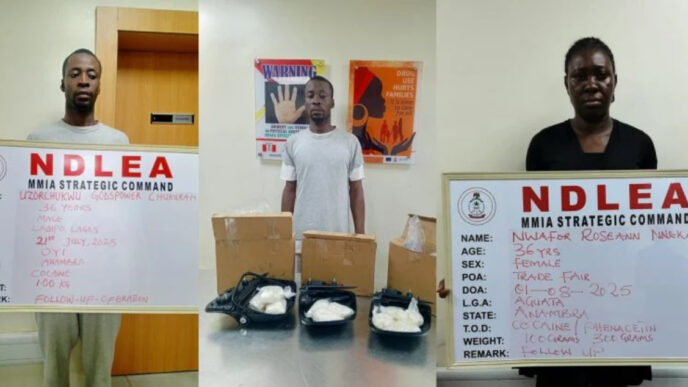Festus Keyamo, the Minister of Aviation, has announced a major overhaul of Terminal One at Lagos’ Murtala Muhammed International Airport (MMIA).
Gatekeepers News reports that the minister revealed that the redevelopment project will be fully funded through the Renewed Hope Infrastructure Development Fund, resources generated from fuel subsidy removal.
According to Keyamo, the total cost of the Lagos airport rehabilitation is ₦712.25 billion. He explained that Terminal One, originally built in 1979 under the Obasanjo-led military regime, has long suffered from neglect and is now in a state of disrepair due to increased traffic.
The plan involves a complete structural strip-down of the terminal, including its roof, to make way for a redesigned, modern international airport that meets current global standards. This includes major improvements to both Wing D and Wing E.
Terminal Two, constructed with a Chinese loan during President Jonathan’s administration and completed under President Buhari, will also undergo expansion. This includes enlarging the building and apron area to accommodate more aircraft, particularly wide-body planes.
In addition to terminal upgrades, Keyamo disclosed plans for significant infrastructure improvements, including two new independent ring roads for arrival and departure and a bridge that will offer passengers direct access to the upper floor of Terminal Two’s departure lounge, an effort to correct existing design flaws and ease passenger movement.
The upgraded terminals will integrate smart technologies to create a modern, efficient airport experience that Keyamo believes will make Nigerians proud. He emphasized that the project is not being financed through external loans, but with funds saved from the removal of fuel subsidies.
Keyamo added that the ministry will ensure transparency throughout the construction process by inviting journalists, civil society organizations, lawmakers, and other stakeholders to periodically inspect the progress and quality of the work.
The minister encouraged the public to compare the project’s cost with recent airport developments globally to appreciate the value of the investment.
He also noted that new terminals in Kano, Abuja, and Port Harcourt have been completed but remain underutilized, operating at less than 30% capacity.


